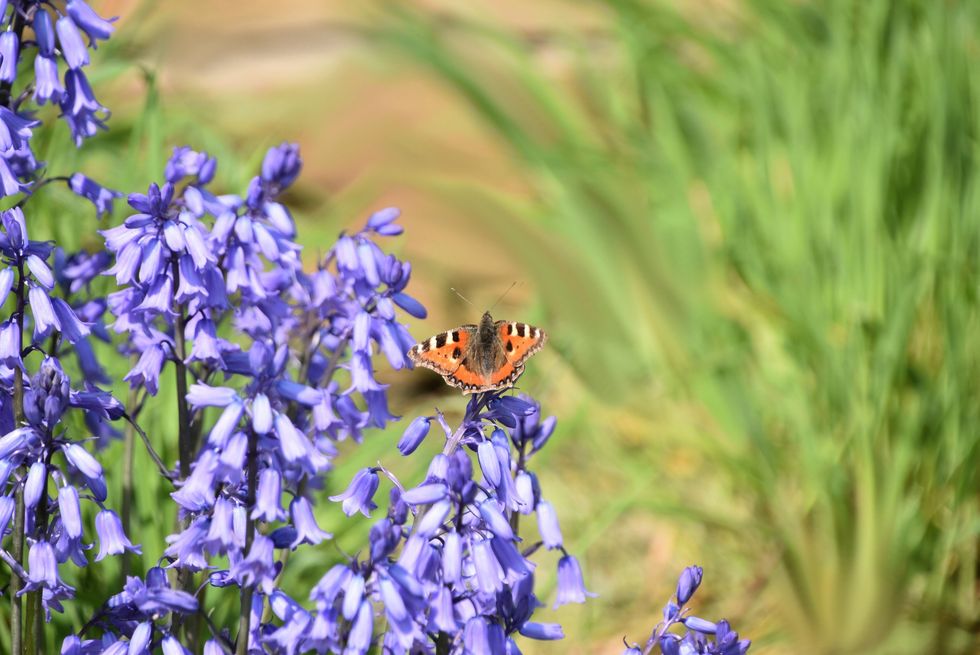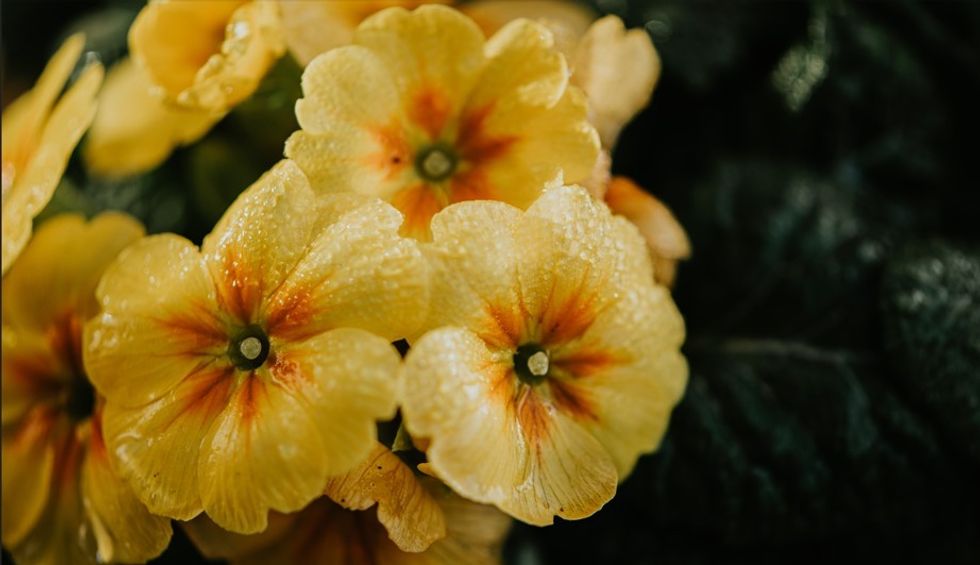Lawn expert shares 5 benefits of growing wildflowers – and why now is the 'perfect' time

'Despite the cooler temperatures and leaves falling, it is still sowing season'
Don't Miss
Most Read
Latest
Looking to add a touch of vibrance to your garden? Now may be the perfect time to plant wildflowers.
As defined by the Royal Horticultural Society, a wildflower is a plant that is "indigenous to the country or region in which it is being referred to".
Some popular British wildflowers include the ox-eye daisy, ragged robin, bellflower, betony, and primrose.
According to Chris McIlroy, a lawn expert at The Grass People, wildflowers are a low-maintenance and easy way to add a pop of colour in October.
TRENDING
Stories
Videos
Your Say
"Despite the cooler temperatures and leaves falling, it is still sowing season. And wildflowers can definitely still be sown into October," he told gardening enthusiasts.
In fact, autumn and winter offer the "perfect conditions" for growing wildflowers; thanks to the adequate moisture in the air and frost, the germination process may be speedier this time of year.
Speaking to green-thumbed Britons, the expert shared five reasons why Britons should sow wildflower seeds now.

'If you look after the bees and other pollinators, they'll look after you and your plants'
|GETTY
A stunning springtime garden
The gardening guru explained that planting wildflower seeds in October will reap tremendous benefits later.
Mr McIlroy said: "Many people wait until spring to plant colourful flowers in their gardens, and then wait for them to flourish.
"But with wildflowers, you can plant them now and see the colours come to life in time for the warmer, brighter days returning."
Low-maintenance
Gardening novices will be pleased to know that wildflowers are the "easiest way to add colour to your garden", as they require so little attention.
"No need for fancy compost or plant food, wildflowers are very low maintenance. The usual rainfall through autumn and winter should be sufficient to keep the plants hydrated, so you don't even need a watering schedule," the expert stated.
LATEST GARDENING TIPS AND TRICKS:

Wildflowers will 'come to life' in spring
| GETTYThey can grow anywhere
If you're struggling with a sparse outdoor space, areas that usually struggle to grow grass or other plants might benefit from wildflowers.
The expert revealed that wildflowers will "grow just about anywhere".
"If you have any problem areas where you've been unable to grow anything else, wildflowers are likely to manage. You can even buy different varieties that are best suited to shaded areas or clay soils, too," he added.
Create a bee-haven
"I'd say the best thing about having a wildflower section in your garden is knowing the positive impact you're having on the local wildlife," said Mr McIlroy.
Noting that wildflowers attract insects, hedgehogs, frogs, and other wildlife, he revealed: "You will create a habitat for tiny tenants all year round.
"If you look after the bees and other pollinators, they'll look after you and your plants."
Protection from birds
The migration of birds during the colder months means that wildflower seeds are able to grow with little disruption.
"One of the biggest hurdles to growing anything from seed in your garden is birds who nab seeds before they germinate," the lawn expert explained.
"Any remaining birds can feed on wild berries and the other abundance of autumn foods available, and are less likely to snack on your seeds."
How to grow wildflowers
The Royal Horticultural Society has shared how gardening enthusiasts can grow wildflowers in six simple steps.
Cultivate the soil
Fork over the soil to loosen it, removing weeds and large stones. Rake the soil until it is level.
Prepare for sowing
Mix your wildflower seeds with a few handfuls of dry sand to make it easier to scatter them evenly, and to clearly show where you've sown. Typically, a pure wildflower mix is sown at about 2g per sq m, and a wildflower-and-grass mix at 5g per sq m.
Sow your seeds
Divide your seed and sand mixture into two equal batches. Scatter the first up and down the area, aiming for similar coverage everywhere, including the edges. Scatter the second batch, this time working from side to side.
Firm down the seeds
Use the back of your rake to gently press the seeds into the soil to ensure good germination, ensuring you don't bury them too deeply. Check the weather forecast, and if there's no rain due for a few days, lightly water the area.
Protect your seeds from birds
It's important to protect the seeds until after they have germinated. You can do this using bird-proof netting, pegging it down at the edges, or using a bird-scaring device such as a plastic decoy bird of prey.
Enjoy your wildflowers
Seedlings should appear in just a few weeks. While some plants will flower in less than two months, others will take longer to bloom.
Our Standards: The GB News Editorial Charter










